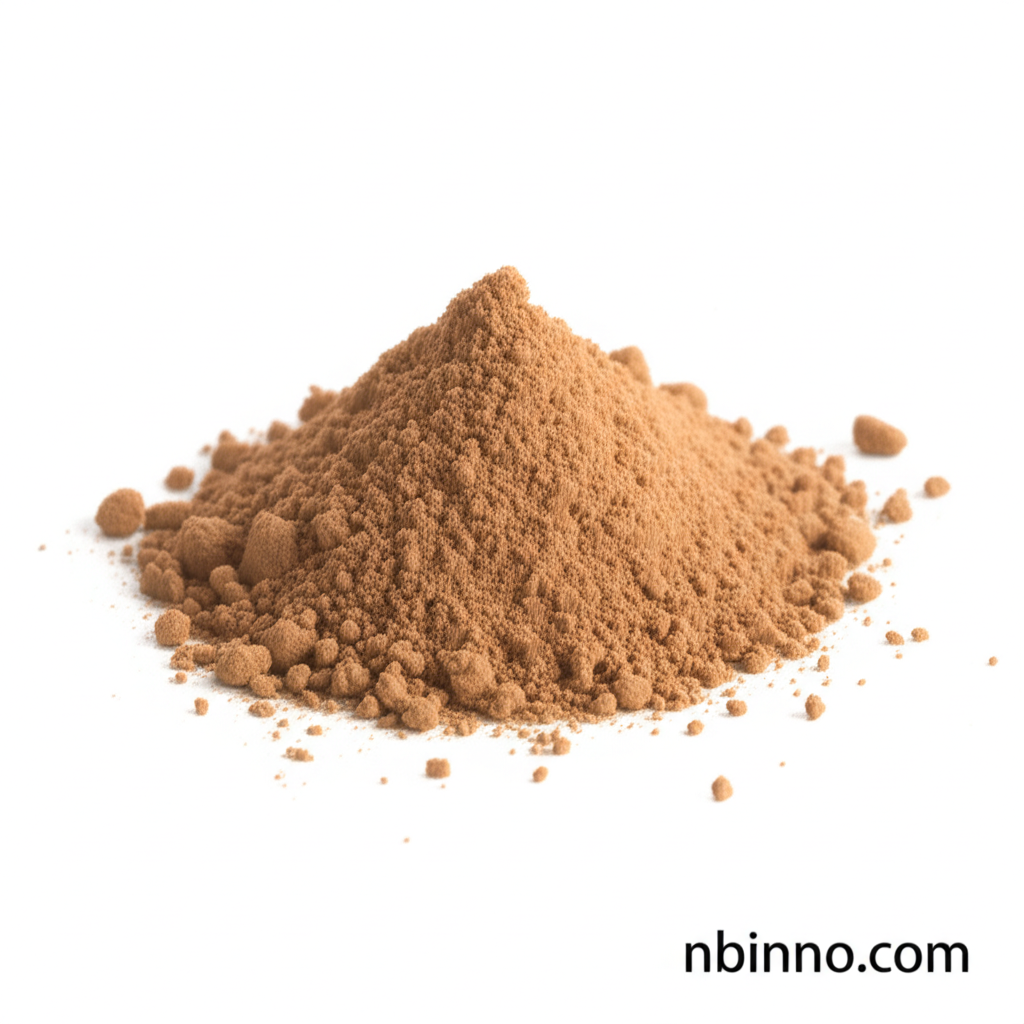3-(3,4-Methylenedioxyphenyl)propionic Acid: A Versatile Intermediate for Pharmaceuticals, Fragrances, and Organic Synthesis
Discover the essential chemical intermediate driving innovation in pharma, fragrance, and advanced organic chemistry.
Get a Quote & SampleProduct Core Value

3-(3,4-Methylenedioxyphenyl)propionic acid
A crucial chemical compound, CAS: 2815-95-4, serving as a fundamental building block for various sophisticated applications across scientific and industrial sectors. Its unique structure makes it indispensable in creating complex molecules.
- Explore the synthesis of active drug molecules using 3-(3,4-Methylenedioxyphenyl)propionic acid, a key step in pharmaceutical development.
- Leverage this intermediate for fragrance synthesis, enabling the creation of aromas like piperonal.
- Utilize its methylenedioxyphenyl structures in organic synthesis to construct novel compounds.
- Employ this compound as tool compounds for neuroscience research to further understand brain functions.
Key Advantages
High Purity and Quality
Experience reliable results with a purity of 97% min, ensuring consistency in your organic synthesis projects and other applications.
Versatile Applications
From pharmaceutical intermediates to fragrance components, this compound’s adaptability makes it a valuable asset for diverse scientific endeavors.
Facilitates Complex Synthesis
Its structural features are ideal for constructing compounds containing methylenedioxyphenyl structures, supporting advanced organic chemistry research.
Key Applications
Pharmaceutical Intermediates
Act as a critical component in the synthesis of a wide range of active drug molecules, facilitating the development of new therapeutics.
Fragrance Synthesis
Serve as a vital intermediate for creating desirable fragrances and flavor compounds, enhancing sensory products.
Organic Synthesis
Construct compounds featuring methylenedioxyphenyl structures, essential for advanced chemical research and development.
Neuroscience and Pharmacology Research
Function as tool compounds to explore mechanisms in neuroscience and pharmacology, contributing to a deeper understanding of biological processes.
